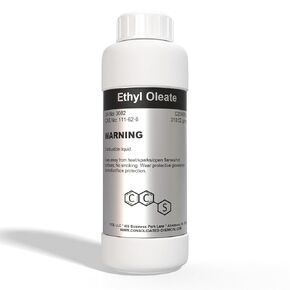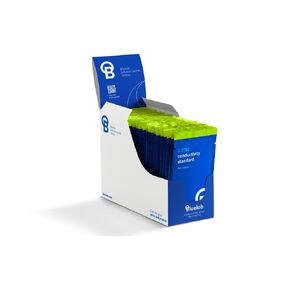- Shopping, made easy.
- /
- Get the app!
Methylene Blue is a cationic stain. In simple terms, it is a blue dye that is charged positively and binds the negatively charged components of the cells such as the nucleus, DNA or RNA present in the cytoplasm. These cells usually have a low affinity. It is a popular stain used for a variety of activities, including bacterial identification and cellular structure in both plant cells and animal cells. Methylene Blue solution is used to stain the cells. The purpose of staining with methylene blue is to determine cell mortality. When methylene blue stain is given to a sample, a healthy cell causes the stain to become colourless. Methylene blue is used for several purposes, including as an antidepressant, a treatment for cyanide poisoning, and a titration indicator in a laboratory. It turns dark blue when it is dissolved in water. It is utilized in a number of scientific investigations for a variety of procedures. It is an efficient redox indicator in chemistry because it turns clear when it comes into touch with reducing substances. It is used as a titration aid in solutions. It's also employed as a pigment in microbiology to analyze nucleic acid chains. It can be added to a solution to colour RNA and DNA for visual analysis. Methylene Blue can be used as a counterstain. For using counterstain you have to decolourize the primary stain using a decolorizing agent (an acid-alcohol solution)

 Propylene Carbonate High Purity Solvent 1000ml (32 fl oz)
KWD 17
Propylene Carbonate High Purity Solvent 1000ml (32 fl oz)
KWD 17
 Ethyl Oleate (Fatty Acid Ester) 500mL (16.9 fl oz)
KWD 28.500
Ethyl Oleate (Fatty Acid Ester) 500mL (16.9 fl oz)
KWD 28.500
 Ammonium Hydroxide 29% High Purity 32oz (1000ml)
KWD 16.500
Ammonium Hydroxide 29% High Purity 32oz (1000ml)
KWD 16.500
 Bluelab EC 2.77 Conductivity Calibration Solution - Easy Calibration for pH Pens, pH Meters and Probes - Compatible with Bluelab Conductivity Probes - 30 Sachet Box, 18ml Each
KWD 18.500
Bluelab EC 2.77 Conductivity Calibration Solution - Easy Calibration for pH Pens, pH Meters and Probes - Compatible with Bluelab Conductivity Probes - 30 Sachet Box, 18ml Each
KWD 18.500